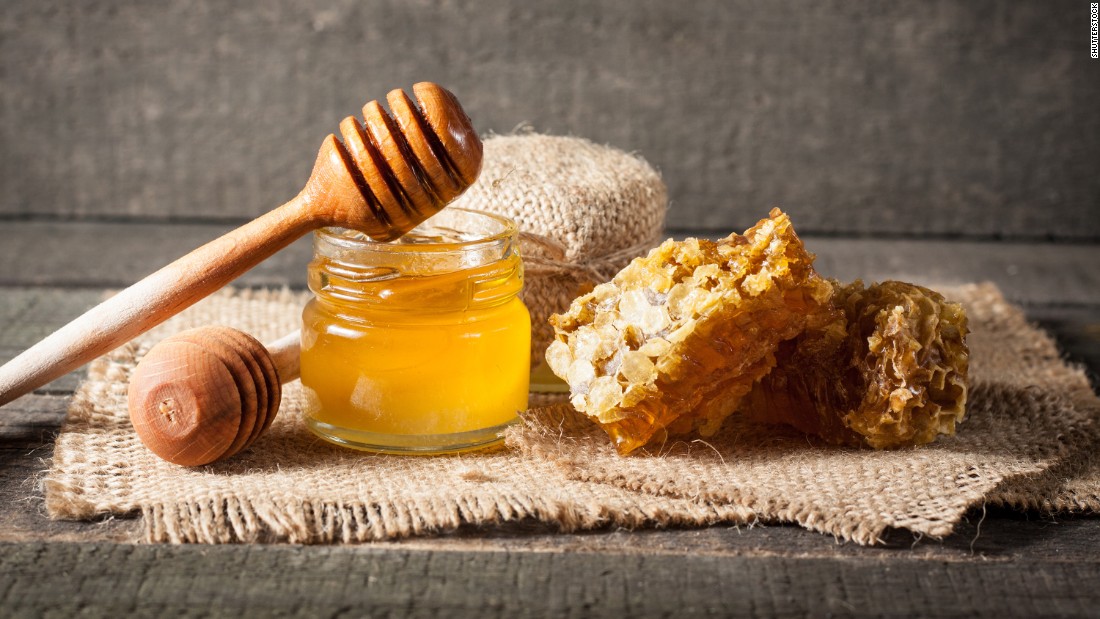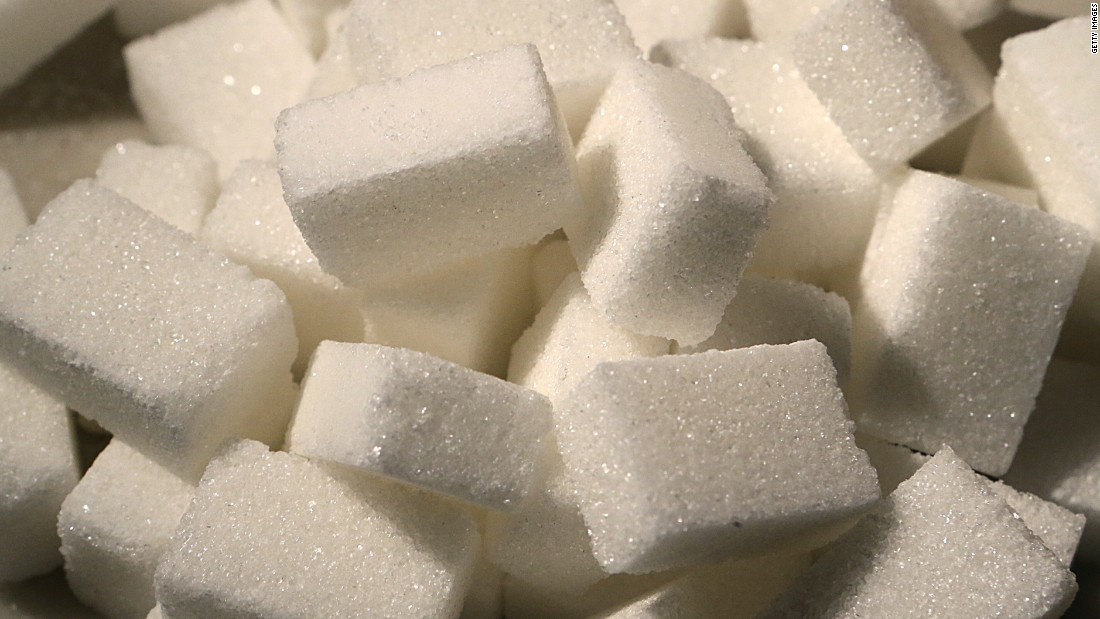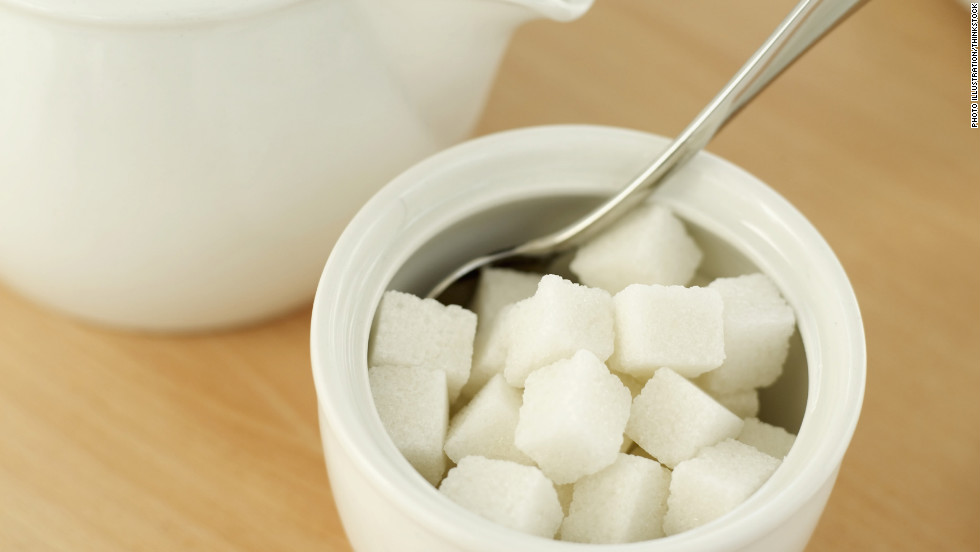
Have you noticed just how many foods at your local market are now labeled “natural”?
According to a recent Consumer Reports survey, 73% of shoppers seek out labels with this term (despite the fact that there’s no FDA standard to define it).
All of this means that artificial sweeteners and high fructose corn syrup are out — and a whole slew of natural alternatives have popped up in their place.
Some are old-school favorites, like maple syrup; while others, like coconut sugar, are derived from familiar foods. Here’s the lowdown on five such sweeteners — including what’s unique about each one, and the best ways to use them in your kitchen.
Maple syrup
Maple syrup is still made the same way it has been for decades: by boiling sap from maple trees. The syrup can then be dried, powdered, and sold as maple sugar.
Coconut sugar does provide small amounts of nutrients, including thiamin, iron, copper, zinc, potassium, phosphorous, magnesium, calcium, and antioxidants. This sweetener also contains inulin, a naturally-occurring, indigestible carbohydrate that acts as a prebiotic, or “food” for beneficial gut bacteria.
Coconut palm sugar is also considered eco-friendly. Growing coconut trees requires minimal amounts of water and fuel (especially compared to sugar cane production); and the trees produce sap for two to four decades. Coconut sugar’s consistency and flavor is similar to brown sugar, so many people use it as an equal replacement in recipes that call for brown sugar (like baked beans and cookies).
Blackstrap molasses
This thick, dark syrup is the byproduct of processing sugar cane. In other words, it’s the liquid left over after the sugar has crystallized. The sweetener retains some of the nutrients naturally found in sugar cane, including potassium, magnesium, vitamin B6, copper, selenium, and manganese.
One teaspoon provides about 15 calories and 4 grams of sugar. It also contains a notable 6% of the Daily Value for iron and calcium. Plus, it has been shown to have higher antioxidant levels than any other sweetener, according to research from Virginia Tech.
However, the rich, intense flavor and aroma of blackstrap molasses can narrow its use. I’ve used it in coffee and tea recipes, gingerbread cookies, energy balls, overnight oats, pumpkin pie and pumpkin smoothies, baked beans, and yam dishes.
One final note
While all of the sweeteners above are natural, and less processed and more nutritious than white table sugar, it’s important to note they still count as added sugar. So you should consume them within the recommended limits for added sugar. That’s no more than six teaspoons (or about 25 grams) per day for women, and nine teaspoons (or about 37.5 grams) for men.
Some of my clients don’t even come close to these limits. But I’ve seen others overindulge in treats, smoothie bowls, and drinks made with these sweeteners, thinking it was fine because they’re natural.
So, yes, stir maple syrup in your coffee instead of sugar or an artificial sweetener. And opt for one of the sweeteners above when cooking or baking. But be sure to moderate your total sugar intake from every source, and don’t fall into the trap of thinking that better-for-you means it’s okay to eat an unlimited amount.
Read more: www.cnn.com














![[Video] How to get rid of bed bugs in Toronto](https://www.thehowtozone.com/wp-content/uploads/2019/10/maxresdefault-2-100x70.jpg)


